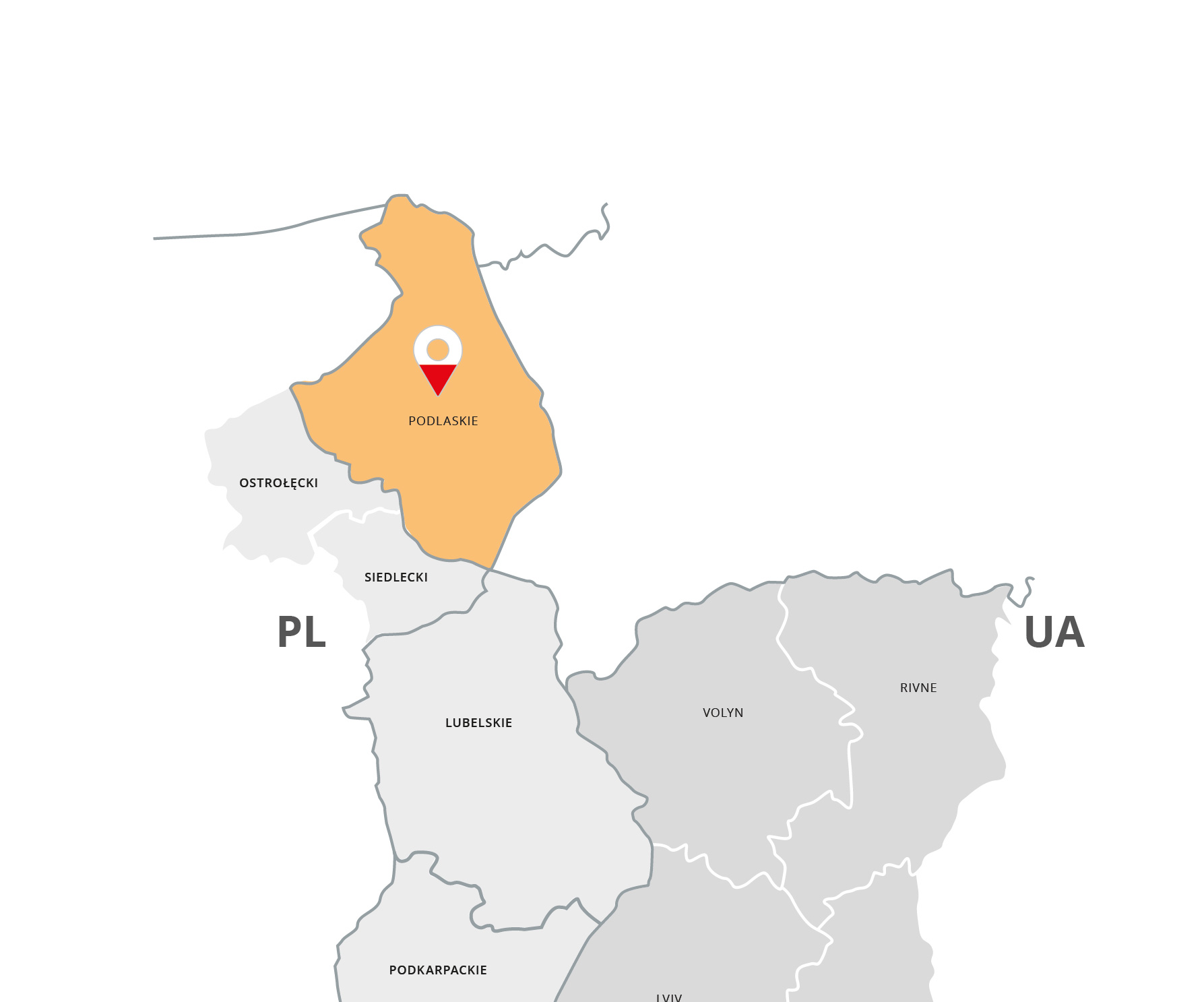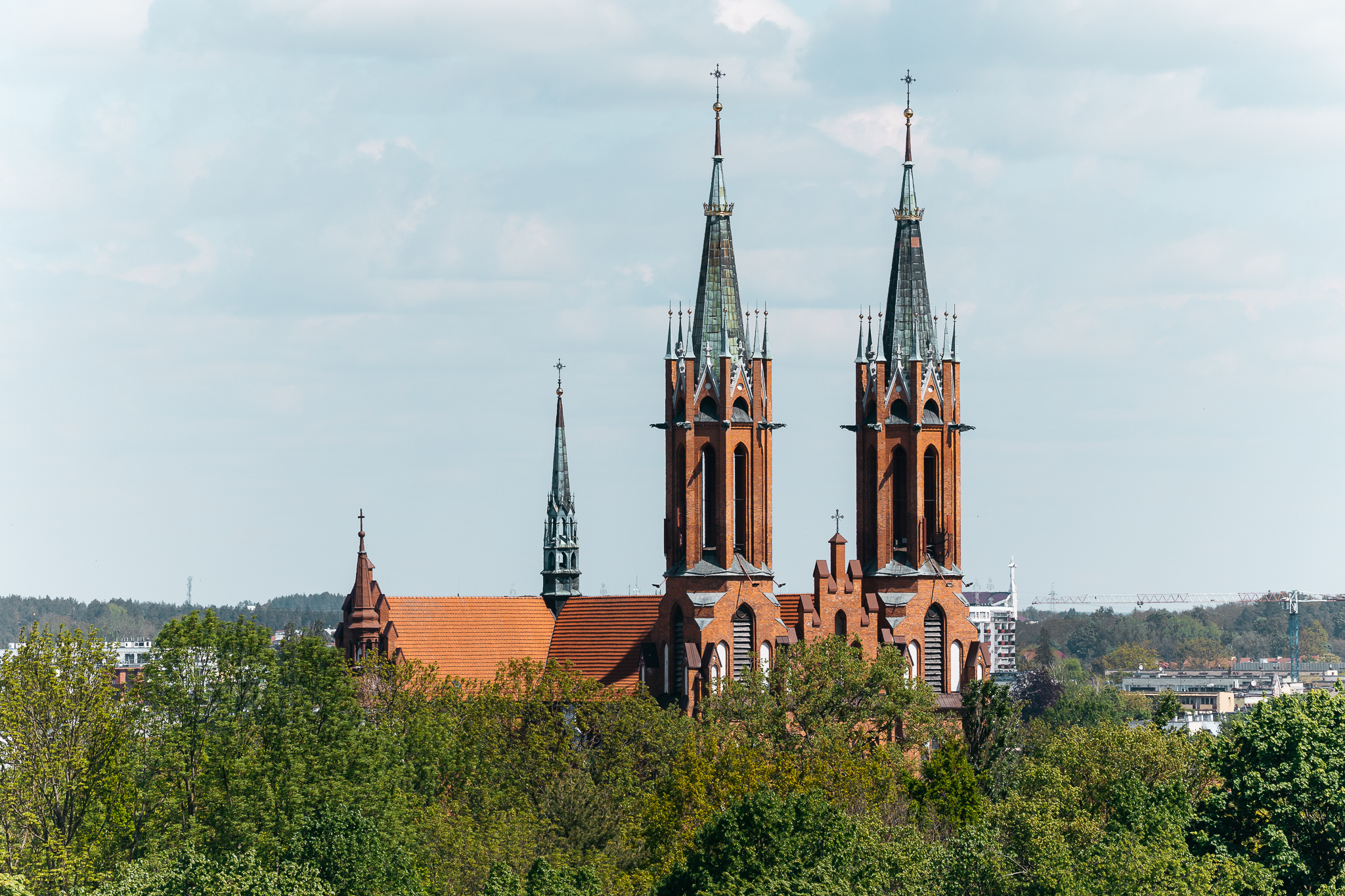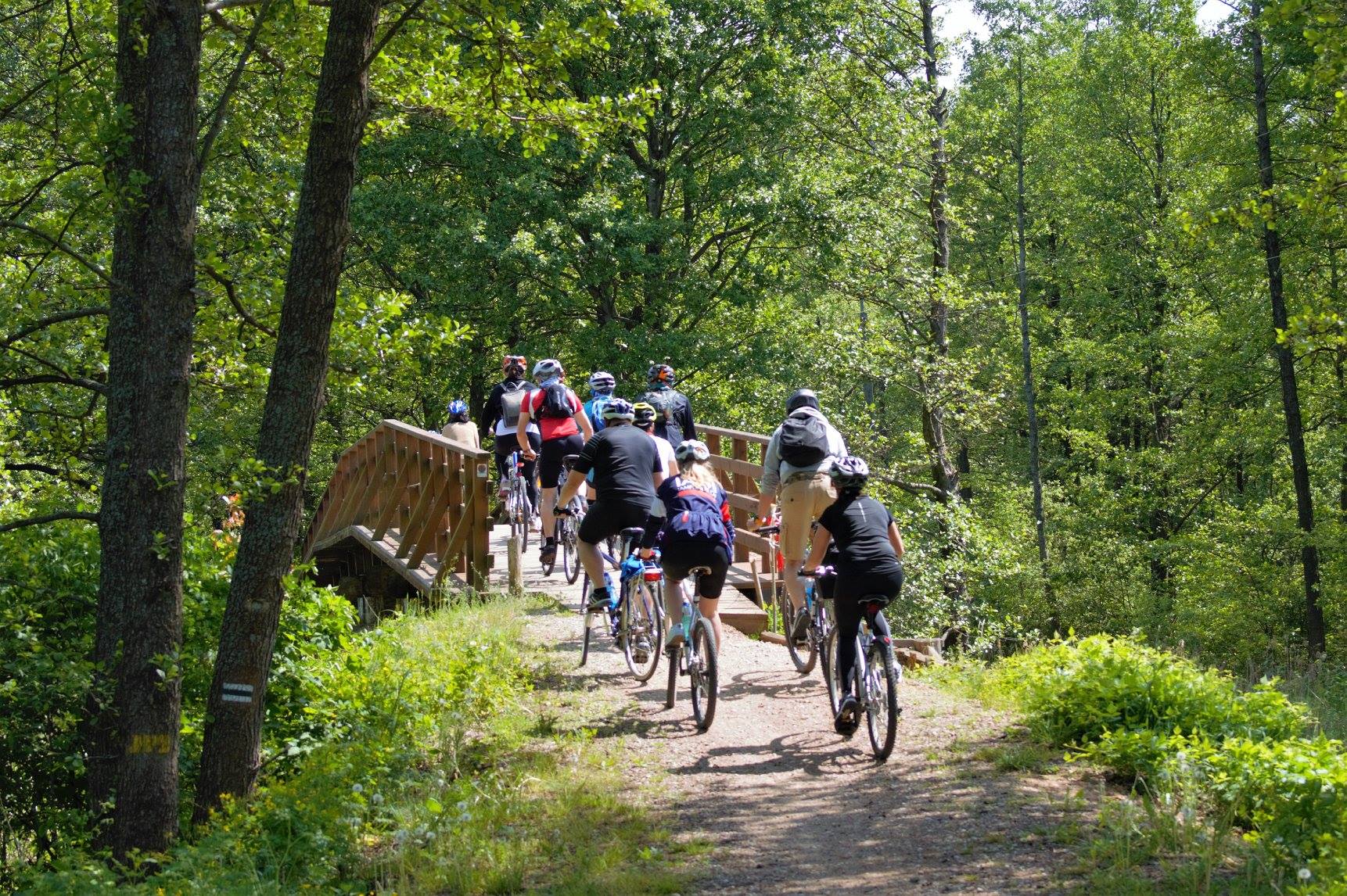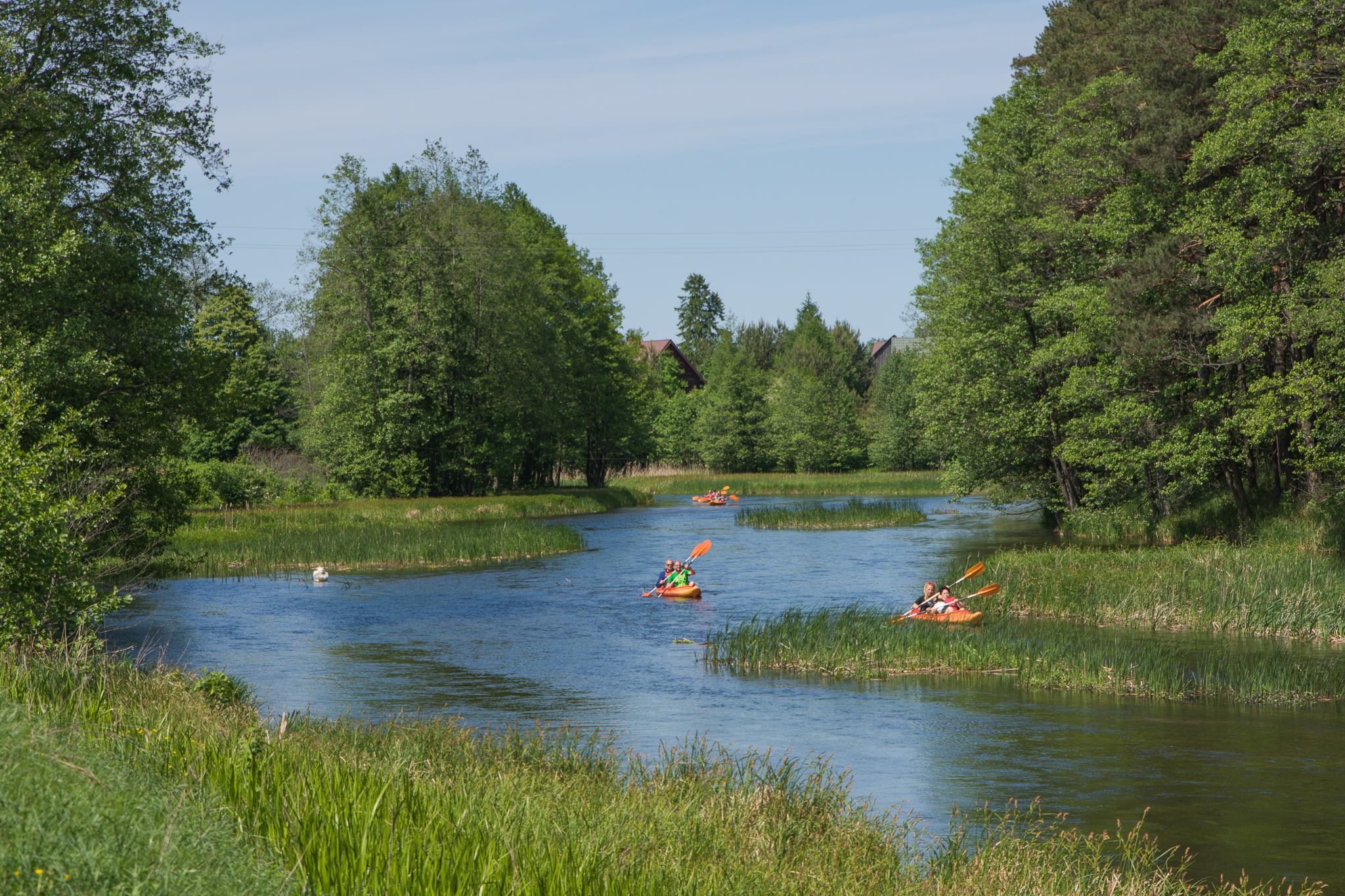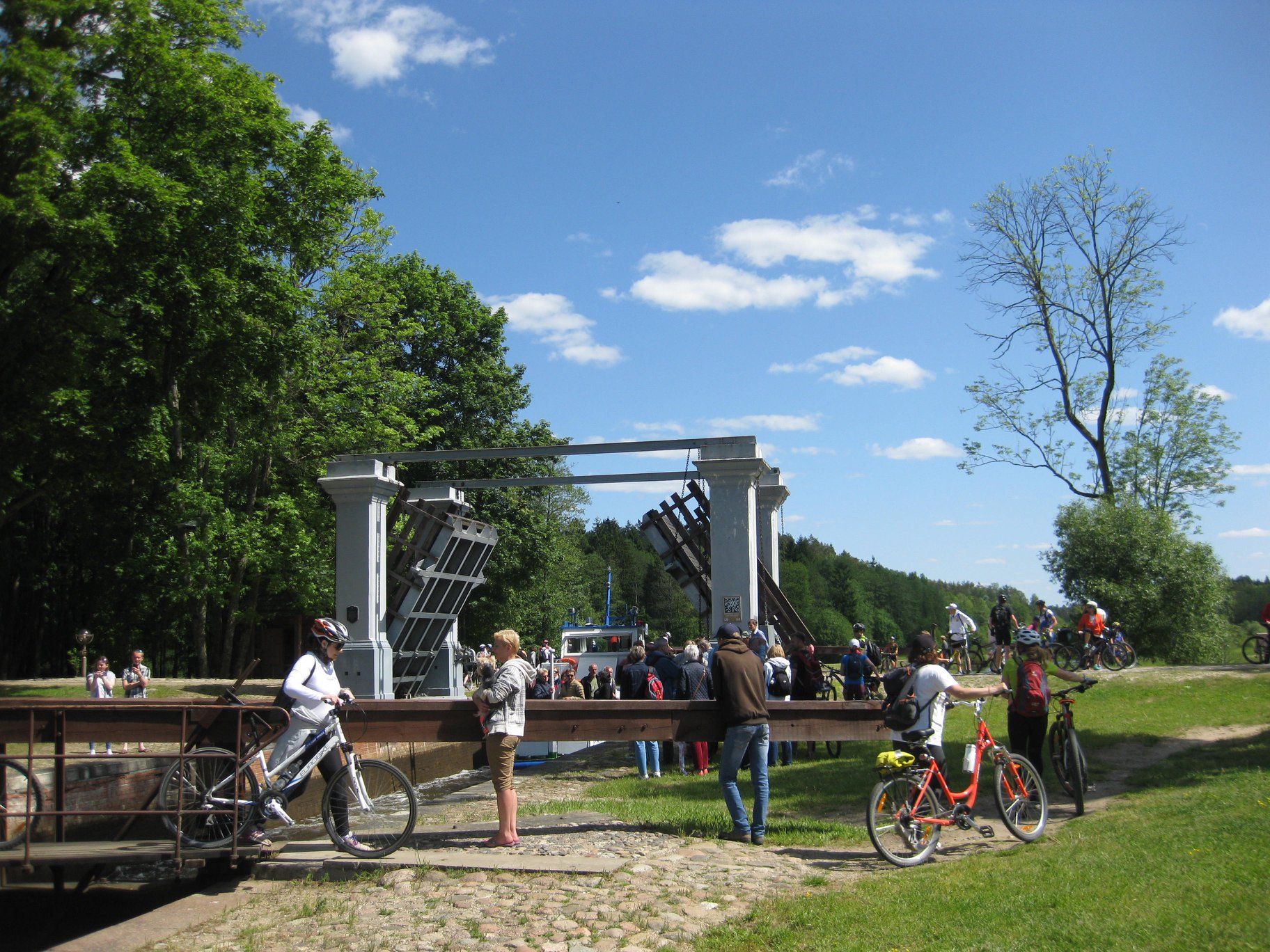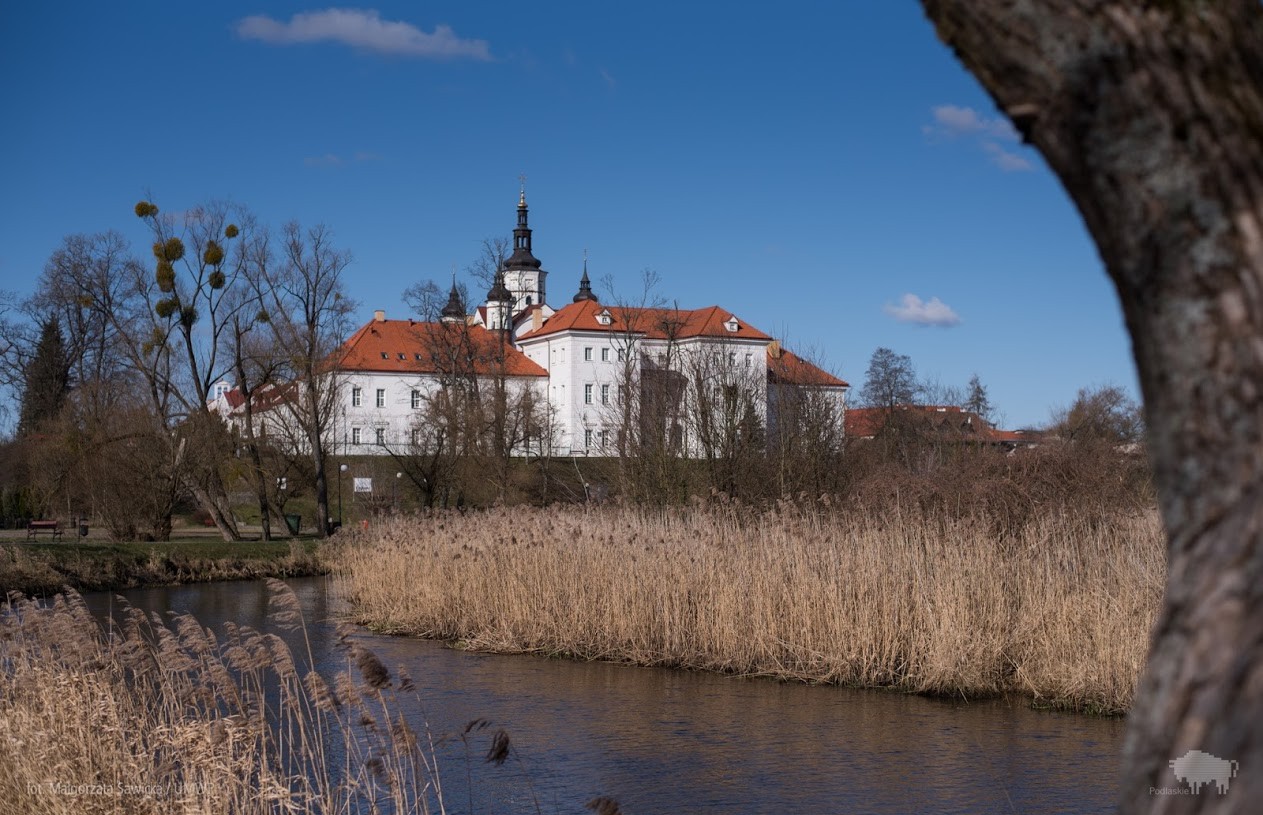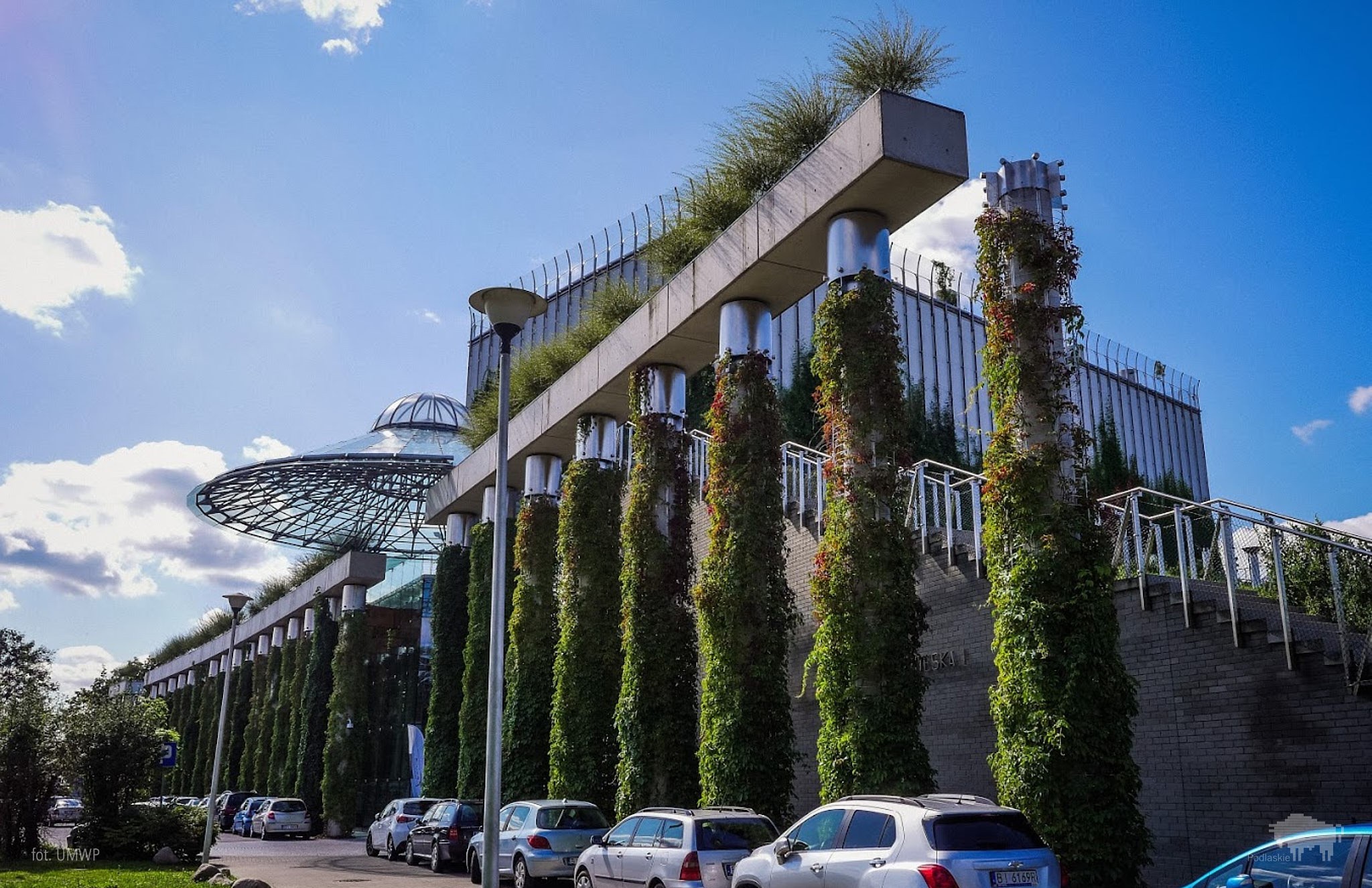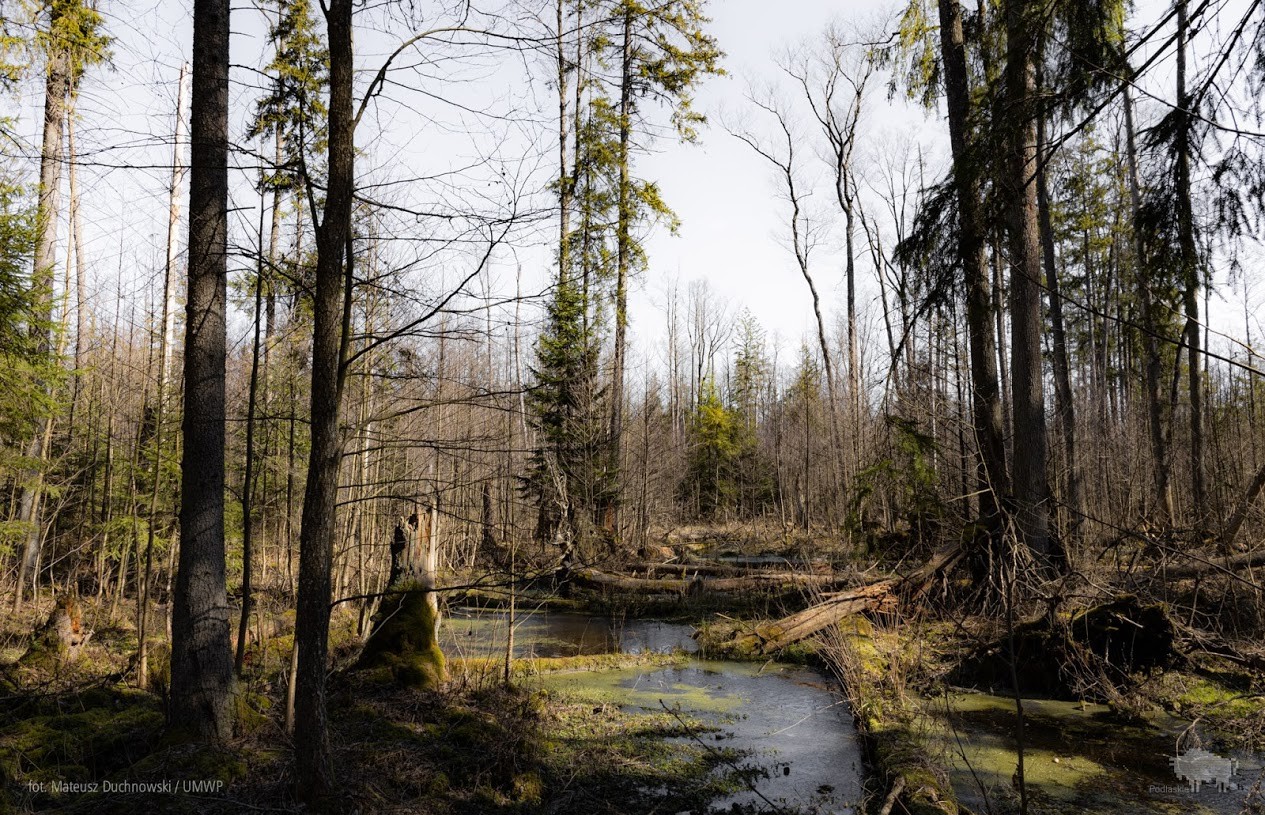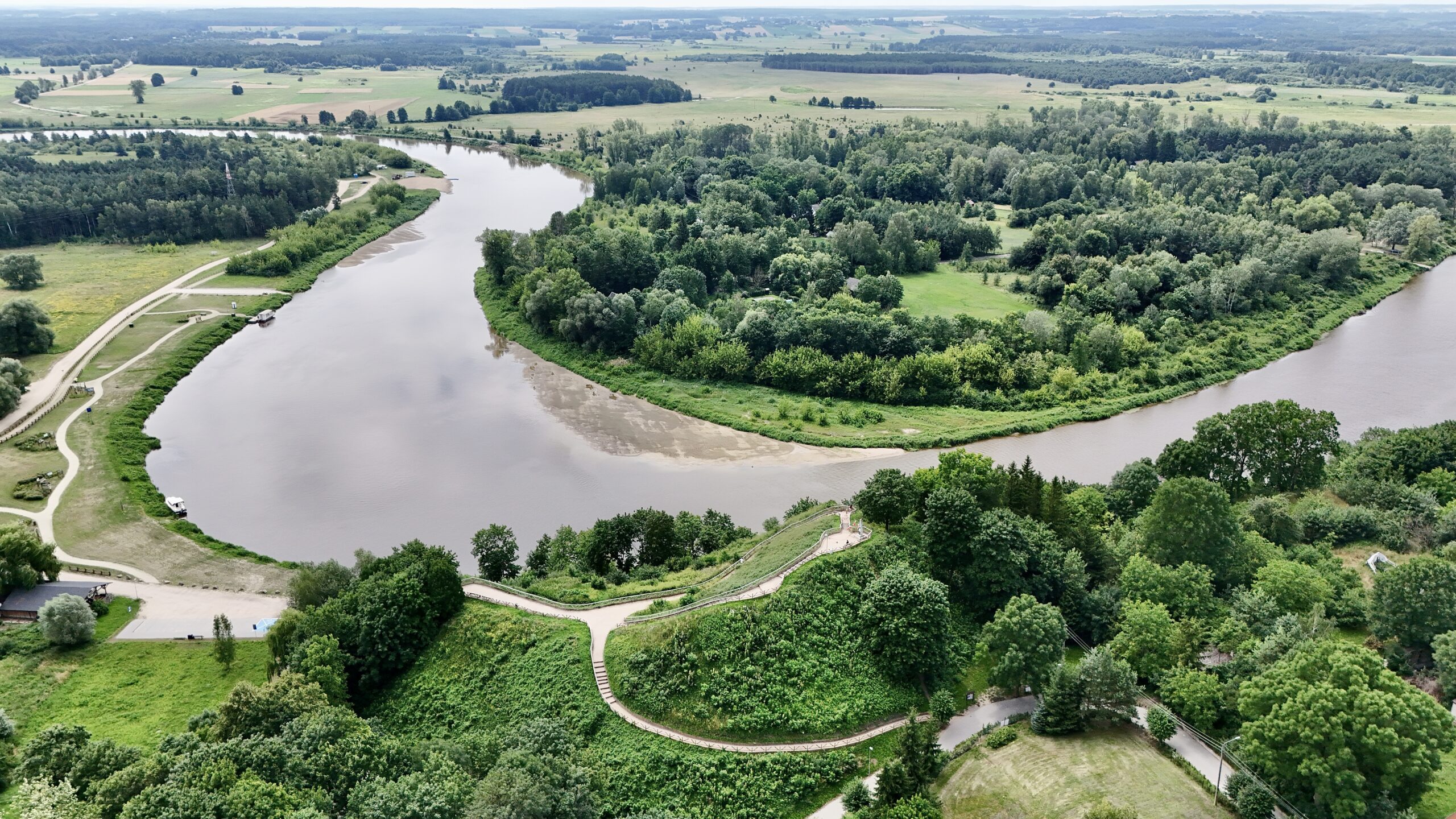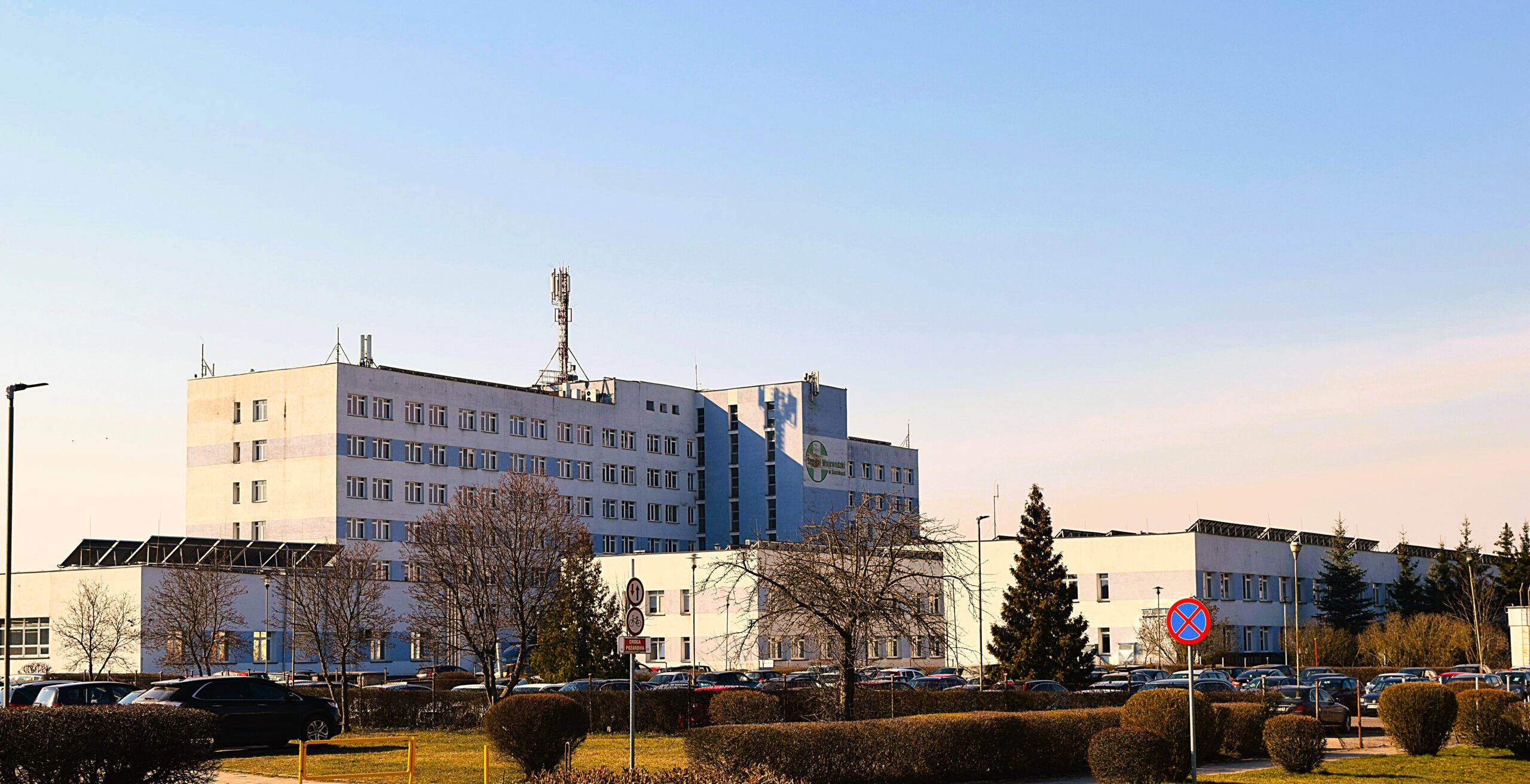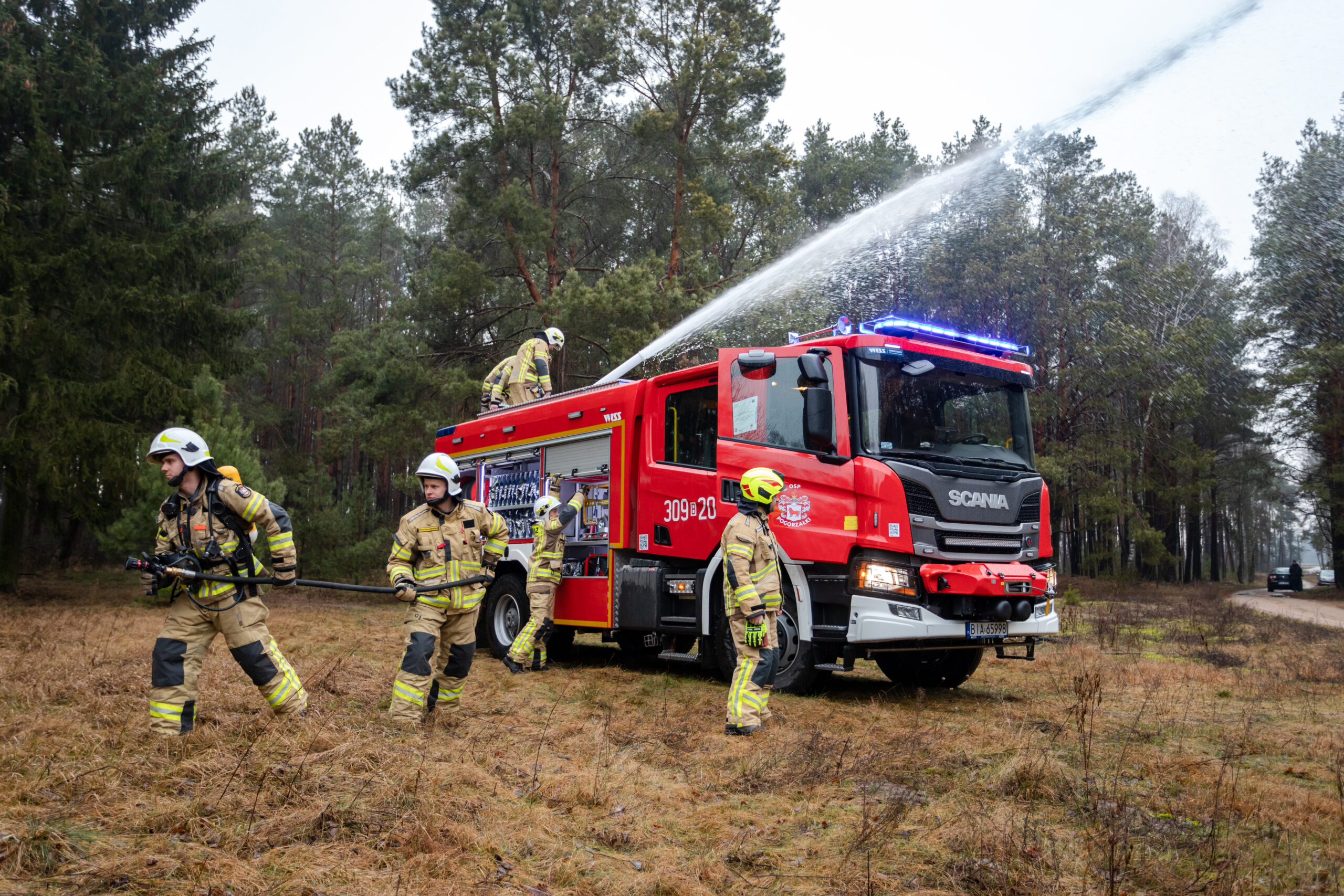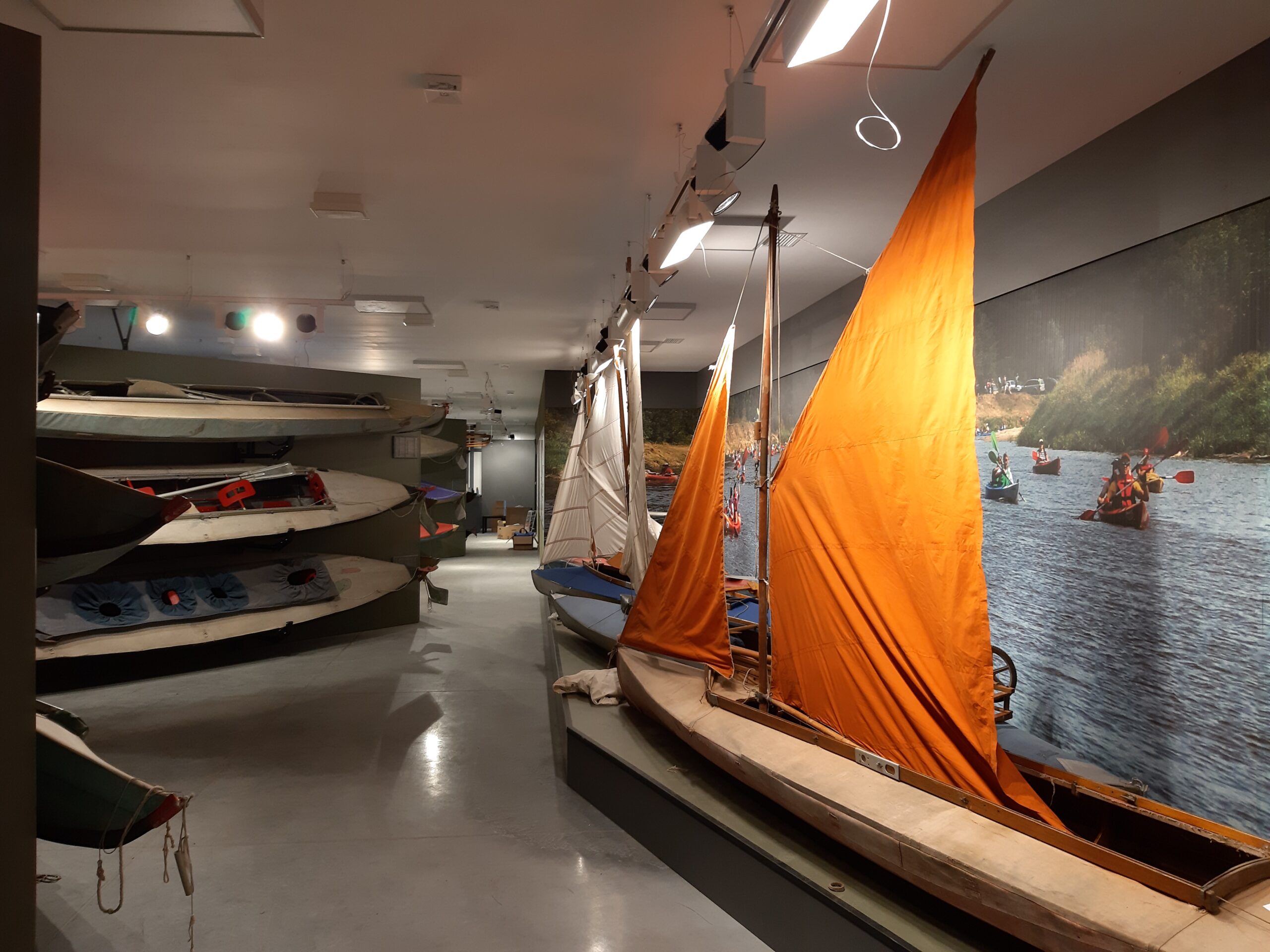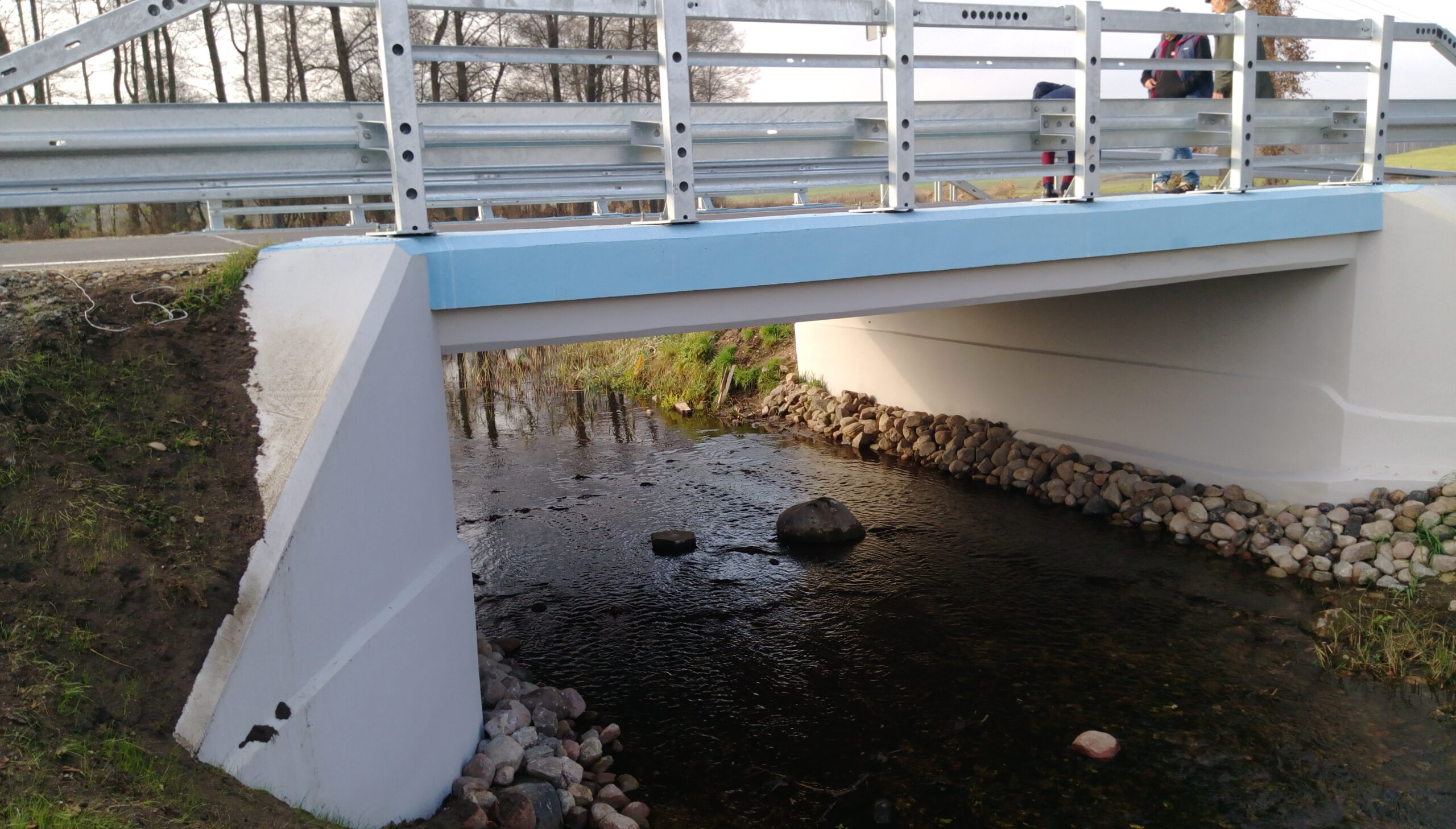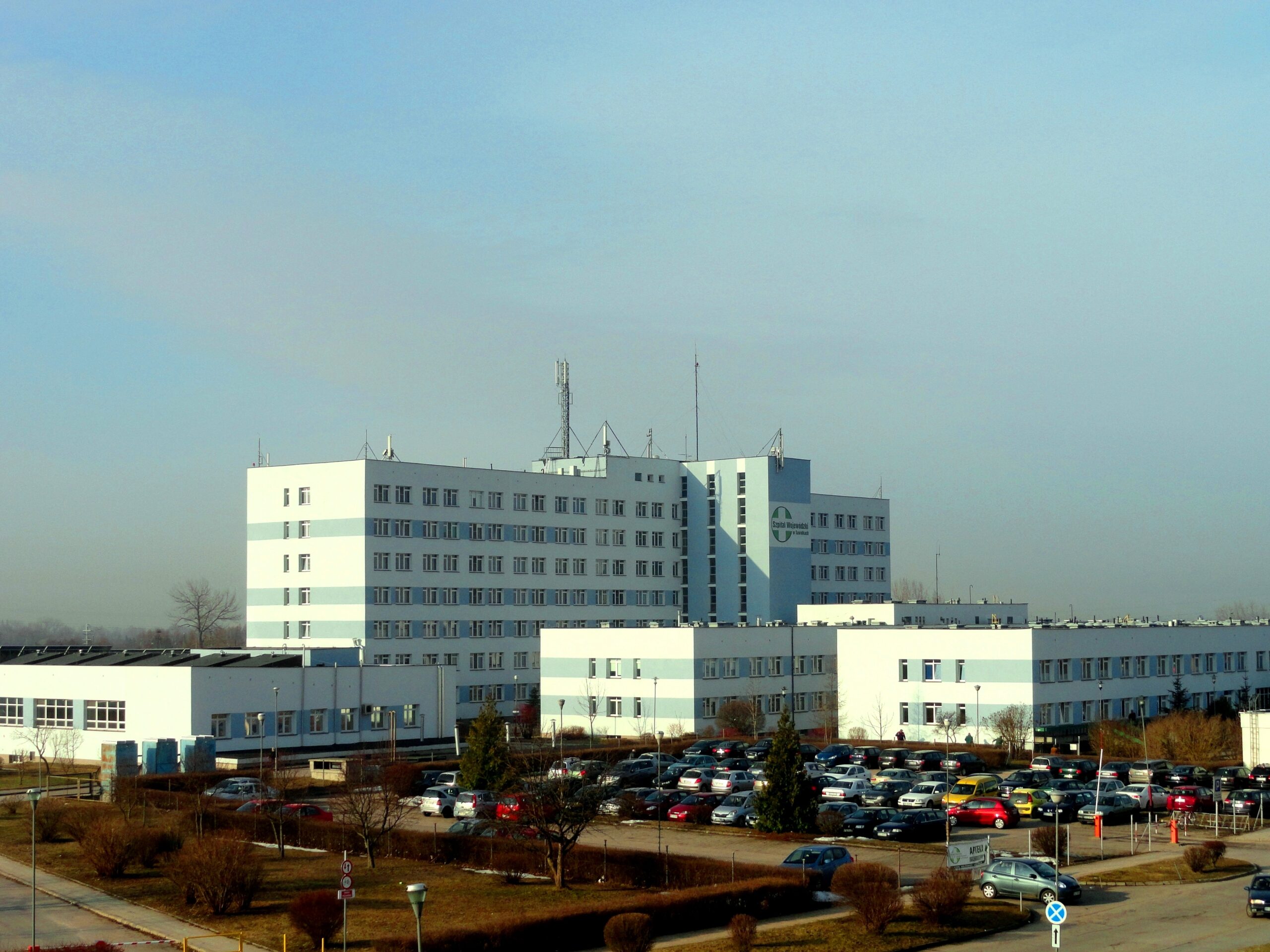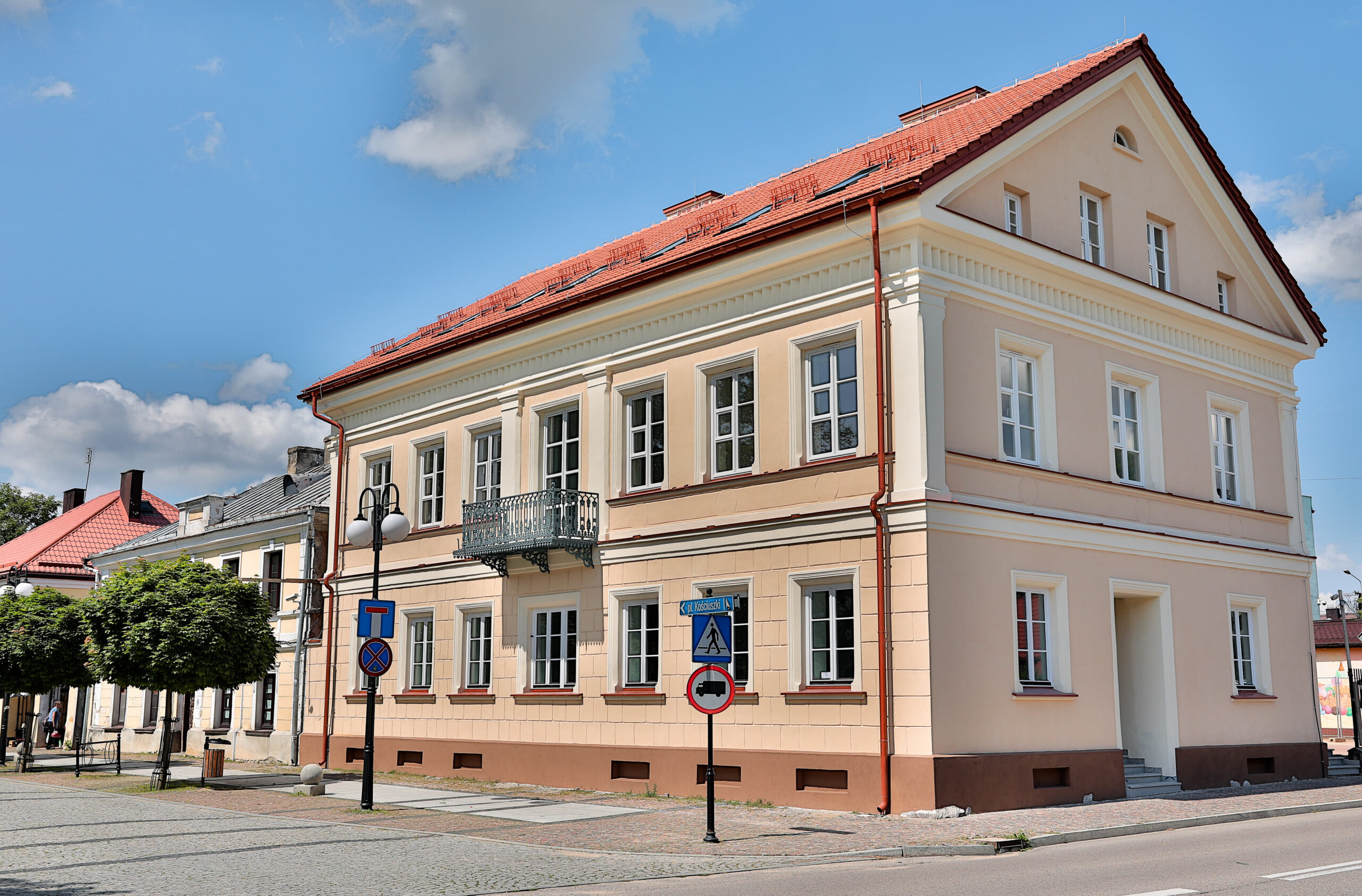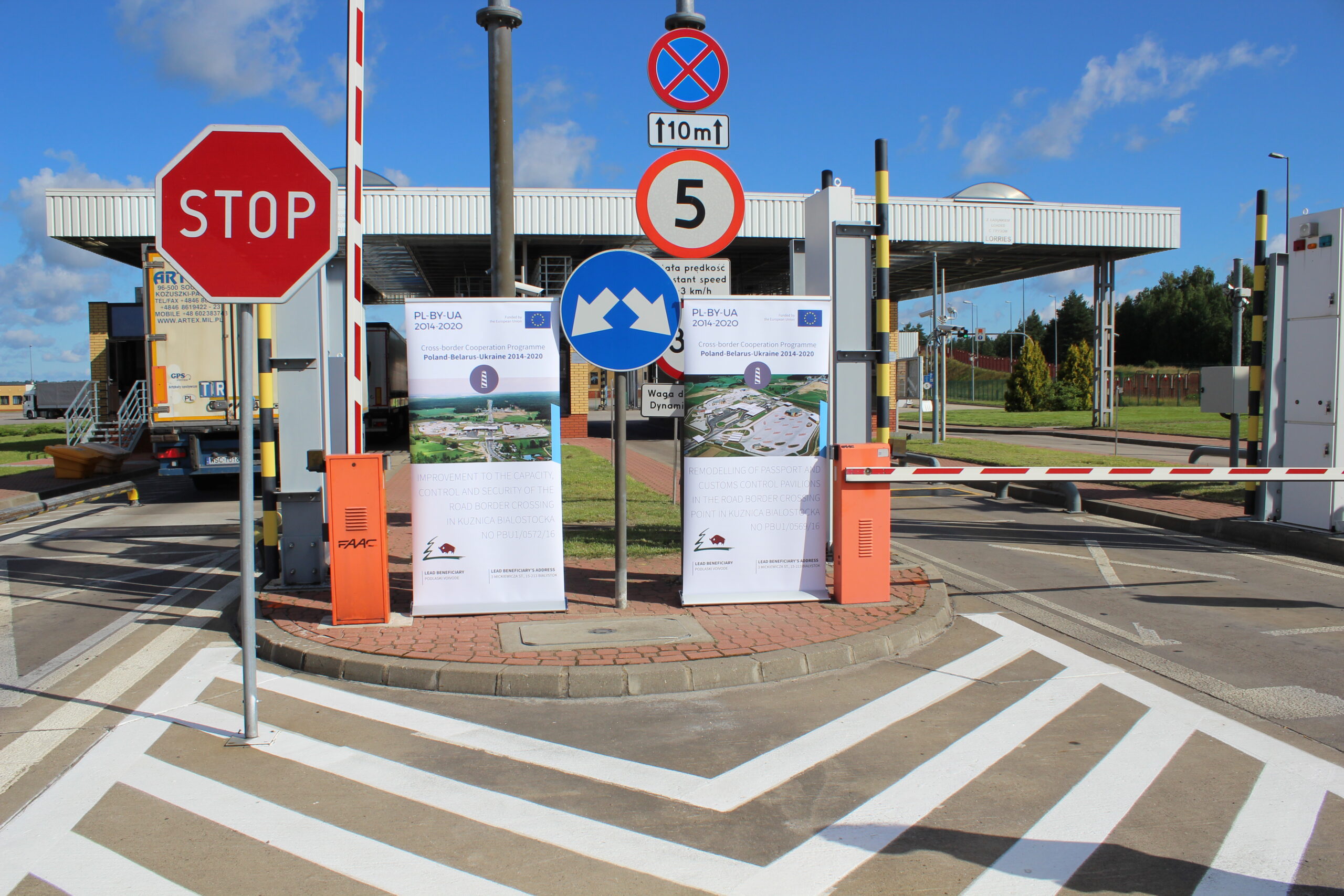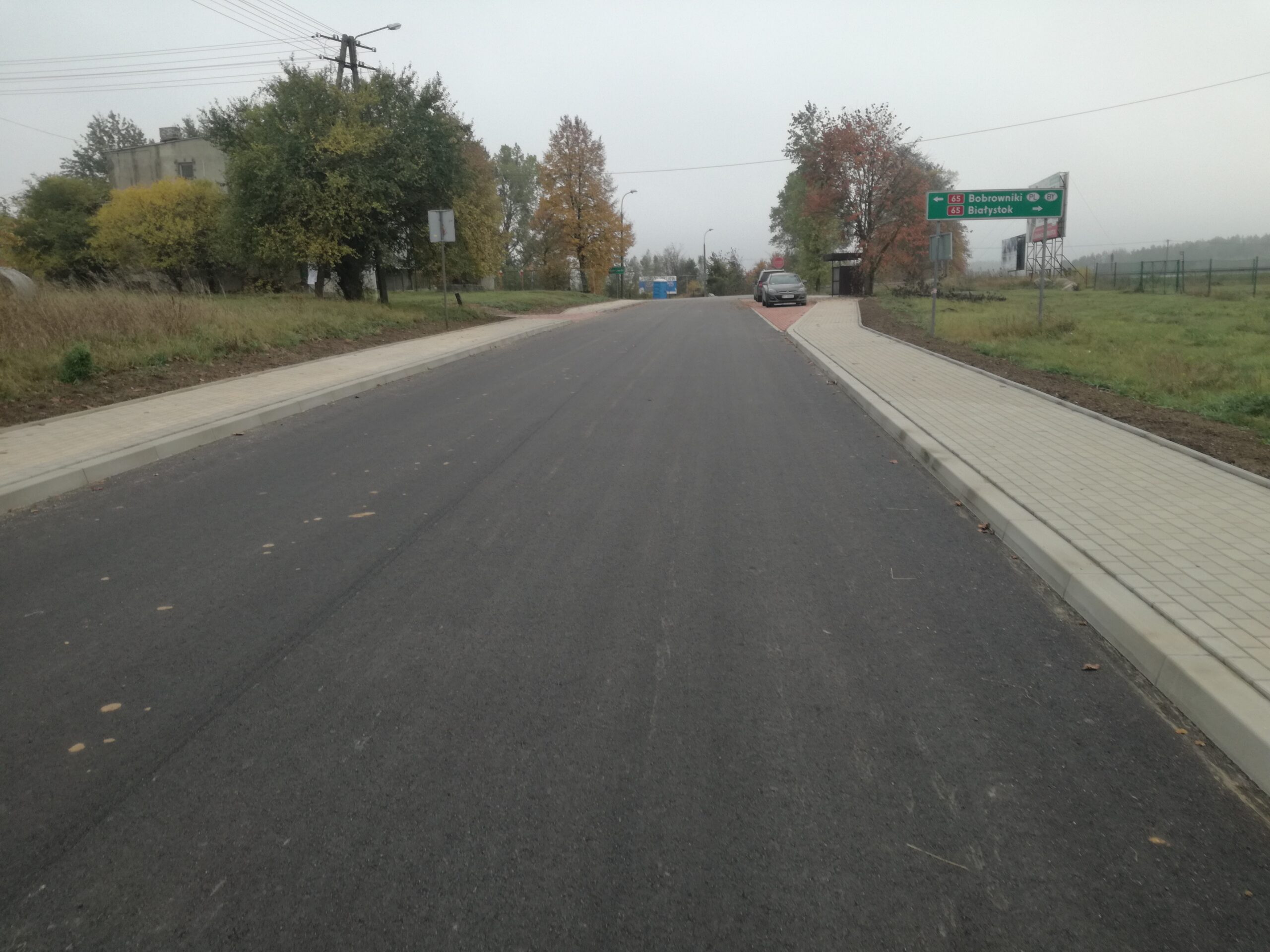Do you already know all the regions covered by the Interreg NEXT Programme Poland – Ukraine 2021-2027? If not, we invite you to our series of short articles – today we take you to the north-east of Poland, to the picturesque Podlaskie Voivodeship!

Podlaskie Voivodeship is a real pearl on the map of Poland, which delights everyone who visits this extraordinary region at least once. Situated in the north-eastern part of the country, at the meeting point of cultures and traditions, Podlasie captivates with its tranquillity, authenticity and unspoilt nature. It is one of the least populated areas of the country (approx. 1.15 million inhabitants). It is here, away from the hustle and bustle of big cities, that you can really breathe fully and feel the closeness of nature. More than half of the voivodeship’s area is covered by forests, meadows and vast marshes, and four national parks – Białowieża, Biebrza, Narew and Wigry – create a unique mosaic of ecosystems. The Białowieża Forest, a UNESCO World Heritage Site, is the continent’s last fragment of primeval forest, where, among the mighty oaks and pines, you can meet the bison, a symbol of the region. In spring and summer, the floodplains of the Biebrza and Narew rivers turn into a bird paradise – an ideal place for lovers of ornithology, nature photography or quiet canoeing among the rushes and water labyrinths. In the Narwiański National Park, the Narew River forms a unique water system with many channels that split and reunite, creating a complex network of water branches and islands – often referred to as the “Polish Amazonia”. Such a river formation is rare in Europe and is of great natural significance providing shelter to many species of birds, fish, mammals and plants. The Suwalszczyzna region, with its picturesque hills, erratic boulders and Poland’s deepest Lake Hańcza, delights in a landscape shaped by glaciers, while the Wigry National Park attracts not only sailing and cycling enthusiasts, but also those seeking peace and quiet.

But Podlasie is not only nature – it is also an extraordinary mosaic of cultures, religions and traditions, which can be felt at every step. For centuries, Poles, Belarussians, Lithuanians, Tatars, Ukrainians, Russians and Jews have lived here side by side, and traces of their presence can be found in the architecture, cuisine and everyday customs. Wooden Orthodox churches with onion domes, colourful houses with intricately decorated shutters, Tartar mosques in Kruszyniany and Bohoniki or former synagogues are just some of the unusual places worth seeing. In the villages of Podlasie, time passes more slowly – here you can still hear the dialect, taste regional delicacies such as “sękacz”, potato sausage, “kartacze” or “mrowisko” and experience the genuine hospitality of the locals. Many local festivals, fairs and cultural events allow you to feel the richness of tradition and the unique atmosphere of this place.

Podlasie is also a modern region, open to tourists and investments, but at the same time faithful to its roots. Numerous bicycle, hiking and canoe trails, agrotourism and organic farms encourage active leisure and discovery of the region’s charms in a ‘slow’ rhythm. It is an ideal place for a family trip, a romantic weekend or a solitary journey in search of inspiration and peace. Everyone who visits Podlasie, returns here with sentiment – enchanted by the beauty of the landscapes, the cultural richness and the unusual atmosphere, which cannot be found anywhere else.
Although the region’s capital is the dynamically developing Białystok, Podlasie is still facing challenges typical of the ‘eastern wall’: the outflow of young people, transit exclusion and limited access to modern public services – especially in smaller towns. These phenomena, among others, are to be prevented by the effects of the Poland – Ukraine Programme, formerly Poland-Belarus-Ukraine, in which the region has actively participated since the beginning.
PROJECTS
The Podlaskie Voivodeship effectively used the opportunities offered by the Poland-Belarus-Ukraine Cross-border Cooperation Programme 2014–2020, implementing dozens of projects.
PBU PROJECTS

As a border region, particular emphasis was placed on infrastructural investments to improve the operation of border crossings and improve transport accessibility. Thanks to the SIEMIANOWKA project, the infrastructure of the railway border crossing in Siemianówka was modernised, and as part of the Pavilions and Road projects, the clearance system at the road crossing in Kuźnica Białostocka was expanded. In addition, the BorderProtect project enabled the implementation of modern solutions to increase security and improve transportation at the border. All of these investments resulted in the modernisation and expansion of the border crossing infrastructure, in line with the projects’ objectives and the applicable standards and regulations.
Thanks to the DOPC, CrossGovernance, NODGRO and TransGoverNet projects, the region has gained new road infrastructure – important sections of roads in the districts of Sejny, Sokółka and the municipality of Nowy Dwór have been reconstructed. These investments have significantly improved communication, made everyday life easier for residents and contributed to the development of tourism.
In addition, Podlasie has taken care of safety – the EcoChem and CrossEMS projects have helped to equip firefighters with modern equipment, build a new fire station in the municipality of Dobrzyniewo and better prepare for emergencies. As a result, local emergency services can respond more quickly and effectively to threats.
Nature protection and the development of active tourism were an important element of the activities. Thanks to the BugUnitesUs project, new canoe trails and water tourism centres were created on the Bug River, and the BugGuardians initiative involved local people in environmental education and promoted herbal traditions. The NatureTreasury and ActiveBiałowieżaForest projects, meanwhile, contributed to the promotion of the Białowieża Forest and the creation of a modern Heritage Centre.
The Programme has also supported the local health service. Thanks to the OncoUrology, CardioMed and MHCPFO projects, hospitals in Białystok and Suwałki have been equipped with modern equipment and medical staff have received additional training, significantly improving the quality of patient care.
The region has not forgotten its cultural heritage either. Projects such as CONSART, CraftNet, EACH and IntCanalPromo have enabled the restoration of museums and monuments, the promotion of local architecture and the development of cooperation with Ukrainian partners. The CCN project enabled the creation of new cycling and walking trails, and SupSyn supported the preservation and promotion of local musical heritage, popularising the Supra cantos. BugCuisine focused on the promotion of local cuisine and culinary traditions of the Bug River Valley, thus strengthening the cultural identity of the region and developing gastronomic tourism. The Suwalki4UA project, on the other hand, was created for Ukrainian refugees who arrived in the region after the outbreak of war, offering them social assistance and support in integrating into the local community.
Thanks to these measures, the Podlaskie Voivodeship has become more accessible, safer and more attractive for both residents and visitors. The Poland-Belarus-Ukraine Programme 2014–2020 has had a real impact on the development of the region and has shown how much can be achieved through cooperation.
PL-UA PROJECTS

In the new edition of the Programme, i.e. Interreg NEXT Poland – Ukraine 2021-2027, the Podlaskie Voivodeship is represented by active partners from Białystok, Augustów, Sejny and other localities implementing projects which have a real impact on the safety, environmental protection and health of the region’s inhabitants. Cooperation with Ukrainian partners makes it possible to implement modern solutions, invest in infrastructure and improve the quality of life in the borderland.
In the area of safety, projects such as C-bFireProtection, SafetySolutions and ClimResc have been implemented, which have enabled the purchase of modern fire engines, specialised rescue equipment and a mobile laboratory. Joint training and exercises are also organised to ensure that local emergency services are better prepared to respond to fires, natural disasters and chemical hazards. Jointly developed risk management strategies will increase the level of safety throughout the region. It is worth noting that the HydroGuard project, implemented by the City of Augustów together with partners from Volyn, additionally supports the purchase of water rescue equipment and the organisation of information picnics for residents and tourists.
The Podlasie region is also investing in the development of water and sewage infrastructure. The CleanUP project is modernising the sewage network in Suwałki, while CleanWater is extending the water supply network in Augustów and carrying out educational activities to raise environmental awareness among residents. SafeSewerage, on the other hand, brings about the modernisation of wastewater collectors in Białystok and the implementation of modern wastewater monitoring systems, which will translate into better protection of water resources and improved sanitary safety.
In terms of environmental protection and biodiversity, 3 projects are being implemented in Podlasie. CleanBug focuses on the protection of the Bug Valley, the elimination of illegal landfills and the development of green infrastructure, and creates an innovative educational space in Drohiczyn. The CBBC project enables biodiversity monitoring and the construction of a Biodiversity Monitoring Centre, while BioGreenInfra develops green infrastructure around hospitals, introduces therapeutic gardens and green alleys, and conducts joint research and training in ecology.
The Podlaskie region is also developing modern healthcare. Projects such as GO!spitals, PutHeart, CADIT, Future4Kids, RehabHelpPL-UA, HealthyHeart, NonInvasiveCare, NeuroExcellence, LeanHealthcare and GastroCare involve the modernisation of hospitals, the purchase of modern equipment, the implementation of innovative treatment methods and the implementation of prevention and rehabilitation programmes. They will provide the region’s residents with better access to diagnostics, care for the elderly, rehabilitation and treatment of heart disease, cancer and neurological conditions. Medical staff will benefit from the exchange of experience and training with Ukrainian partners.
These initiatives show that the Podlaskie Voivodeship is effectively using the potential of cross-border cooperation to build a safer, more environmentally friendly and modern region, open to innovation and exchange of experience with its neighbours from across the eastern border.
It is therefore worth taking a closer look at how these activities are assessed by those directly involved in the implementation of the Programme. We talk about the experiences of the Podlaskie Voivodeship and the challenges of cross-border co-operation with Izabela Łokić, Head of the European Territorial Cooperation Department at the Marshal’s Office of the Podlaskie Voivodeship and a member of the Programme Monitoring Committee.

From the perspective of a member of the Programme Monitoring Committee, how do you assess the involvement of the Podlaskie Voivodeship in the implementation of projects?
In previous editions of the PBU Programme, the Podlaskie Voivodeship cooperated mainly with partners from Belarus. After the suspension of its participation in the Programme, how did you cope with the need to establish completely new partnerships with the Ukrainian side? With which regions are you cooperating most actively today and what are the prognoses for their sustainability?
What areas of cooperation with partners from Ukraine do you consider the most promising for the development of the Podlaskie Voivodeship? What local needs can be met effectively through them?
What results are already noticeable in the region as a result of the projects? Can you give specific examples of investments, events or initiatives that have or will have a real impact on local communities?
To conclude – what are your expectations for the future of the Interreg NEXT Programme Poland – Ukraine?
With the support of the Programme, the Podlaskie Voivodeship is not only gaining new infrastructure and better tools to respond to crises, but is also building lasting partnerships with Ukrainian local authorities. Joint activities have measurable effects – from improving the quality of life of the population, through better use of natural resources, to strengthening security. Podlasie invariably remains a unique region – and one that is increasingly active in shaping European cross-border cooperation.
